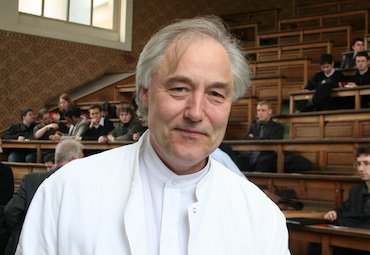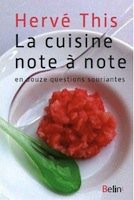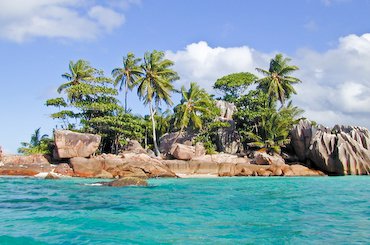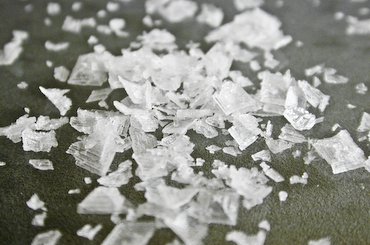
For this new installment of our Draw Me A Fridge series (read about it here), Alexia met with Professor Hervé This.
Hervé This (pronounced “tiss”) is an internationally renowned physico-chemist, a professor at the AgroParisTech institute, and the only person to hold a doctorate in molecular gastronomy, a cutting-edge field he co-created with Nichola Kurti. (See also: Notes from the moleculat gastronomy conference.)
A long-time accomplice to famed French chef Pierre Gagnaire, a popular French television personality, and a bestselling cookbook author, he uses the latest research in the chemistry, physics, and biology of food to challenge traditional ideas about cooking and eating.
 Amongst his many projects, he has been commissioned by the Ministry of Education to create cooking workshops in French primary schools, and he is tirelessly determined to reinvent the way we cook. At the time of our meeting, Professor This was on his way to Canada to introduce his concept of “note by note cooking” or, in his own words, “the world’s next culinary trend” (more information on his blog). His latest, just-released book is called La Cuisine note à note en douze questions souriantes.
Amongst his many projects, he has been commissioned by the Ministry of Education to create cooking workshops in French primary schools, and he is tirelessly determined to reinvent the way we cook. At the time of our meeting, Professor This was on his way to Canada to introduce his concept of “note by note cooking” or, in his own words, “the world’s next culinary trend” (more information on his blog). His latest, just-released book is called La Cuisine note à note en douze questions souriantes.
AC: What are your fridge staples?
HT: My wife laughs about the fact that there is always a piece of smoked lard to be found in the fridge, even though the lard is smoked and salted precisely so that it can be kept outside of a fridge!
My fridge is actually really, really, packed. On the top shelf, I keep all sorts of homemade preparations such as chutneys (that could be kept outside the fridge as well), harissa, ketchup, and ginger preserves.
The freezer is also very crowded. In it you’ll find meat filling for pâté vosgien* since I always make too much of it. You will also find small containers of stock from pork trotters Sainte-Ménehould [an age-old specialty made of pork trotters that have been bound and slow-cooked in white wine, with herbs and spices] that has cooked for over four days. The result is a stock so tasty that just a teaspoonful is enough to bring flavor to any dish.
AC: That sounds good.
HT: You bet. I make a mean pork trotters Sainte-Ménehould! Oh, you will also find a bottle of vodka.
But back to the fridge… I keep dried tomatoes in oil (baked at 95 degrees Celsius and preserved in olive oil with lemon juice, salt, sugar, thyme, and rosemary); lemons preserved in salt; homemade pissalat [a condiment from Nice made with puréed anchovies, flavored with cloves, thyme, bay leaf and black pepper, and mixed with olive oil] of which I made three kilos — I should have enough for years since I only use a tiny bit at a time.
In the door of the fridge, I keep poutargue [a.k.a. bottarga, a sort of fish spawn pickle preserved in salt, also known as the “Mediterranean caviar”], capers, unsalted butter and salted butter, fat from foie gras, and a garlic saucisson.
You will also find foie gras that was cooked in the dishwasher (in a Ziploc bag closed with paper clips with a mix of white wine, port, salt and pepper). Obviously, we also have eggs, and yogurts for the whole family.
Right now, you will also find two small terrines, one with a beautiful bread dough that I had to retard because it was proofing too quickly, and the other one for an Arabic-style bread. There is also a shrimp curry — for tomorrow probably –, shrimp bisque after a typical regional recipe from Charentes, and an asparagus and watercress soup.
You would also find Laughing Cow cheese wedges, because they melt well and are quite handy to have. Also, some crottins de Chavignol [a goat cheese produced in the north-west part of the Sancerre wine region] that have been in there for ages.
And I always keep fruits and veggies on the countertop.
Continue reading »










